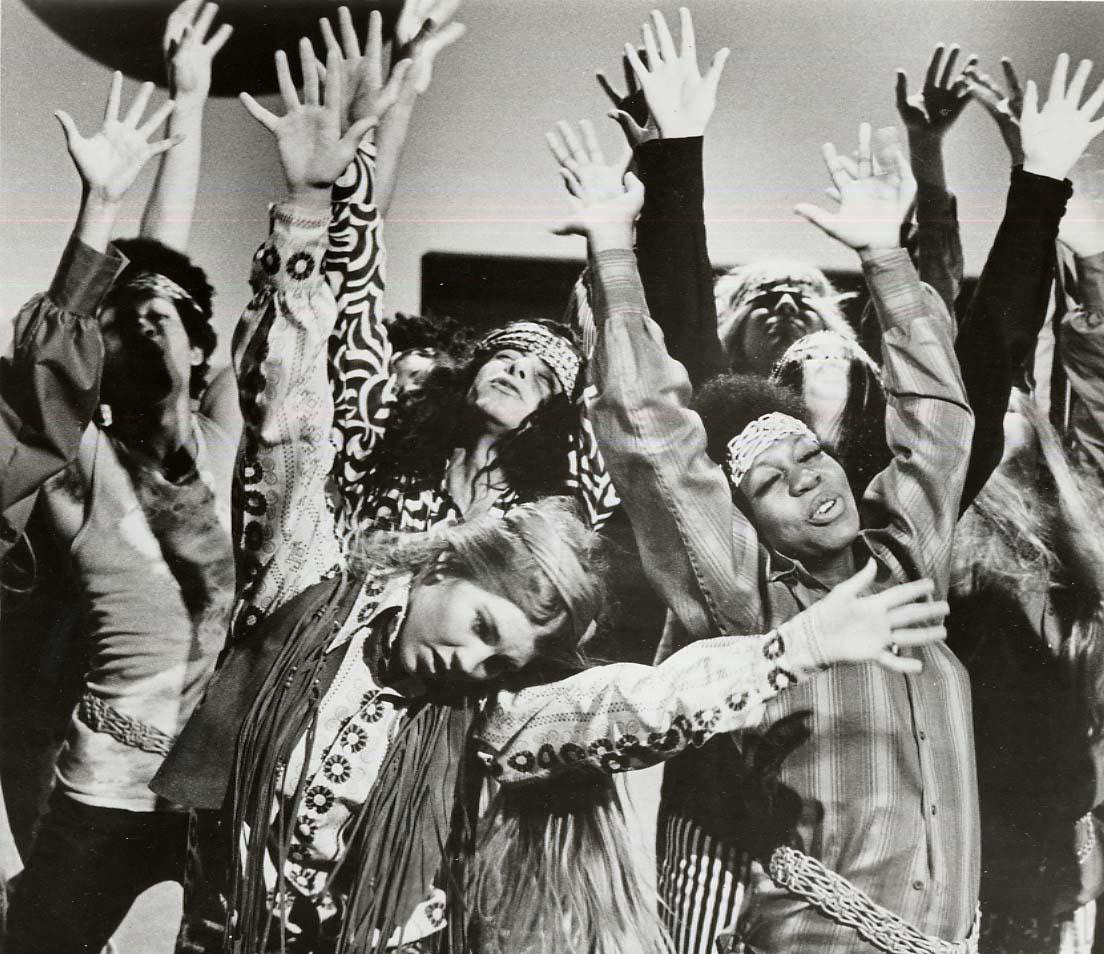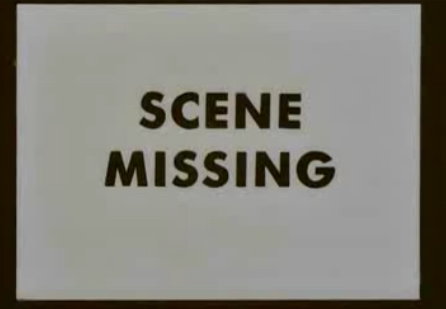1980s
What kind of mpg does this car get? What kind of engine does it have? What safety features are included? We're not going to find out the answer to any of these questions, because this car and this commercial are not about those types of things. This commercial wanted to tell a story. Whether you quit your job, and go out on your own, the Mercury will be there for you. This commercial also differentiates itself by the market its choosing to sell to. There's not a hint of male undertone in this commercial. You've come a long way, baby!
1990s
It would seem that for the 90s, the Mercury brand was struggling a little, and this advertisement certainly doesn't seem like it would help. In this spot, we get no information about the car itself and only vague references to why we should drive it. Commercials in the 90s were much more about the humor. They were silly, and they hoped people would buy their cars based on memory alone.So instead of getting to know a car, we get a soap opera parody, and bad puns.
"The Mercury Mountaineer. Not a lot going for it."
2000s
And here in this spot, we get a sort of mix of the 80s and the 90s. Is it funny? Yes. Does it have an engaging story? Yes. And does it sell a benefit of the car? Yes.
This is a truly great car commercial, and it's important to realize how excellently each commercial captured its era. Listen to the way announcer voice has changed or the way cars are depicted in the last 50 years. It's amazing the road that automobile advertising has followed until we arrive a quality commercial like the one above.
Rather than continuing with cars, the next blog post will talk about the evolution of McDonald's advertising. Stay tuned!


























